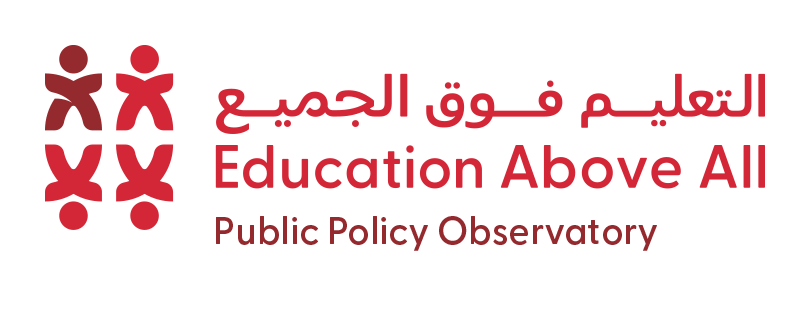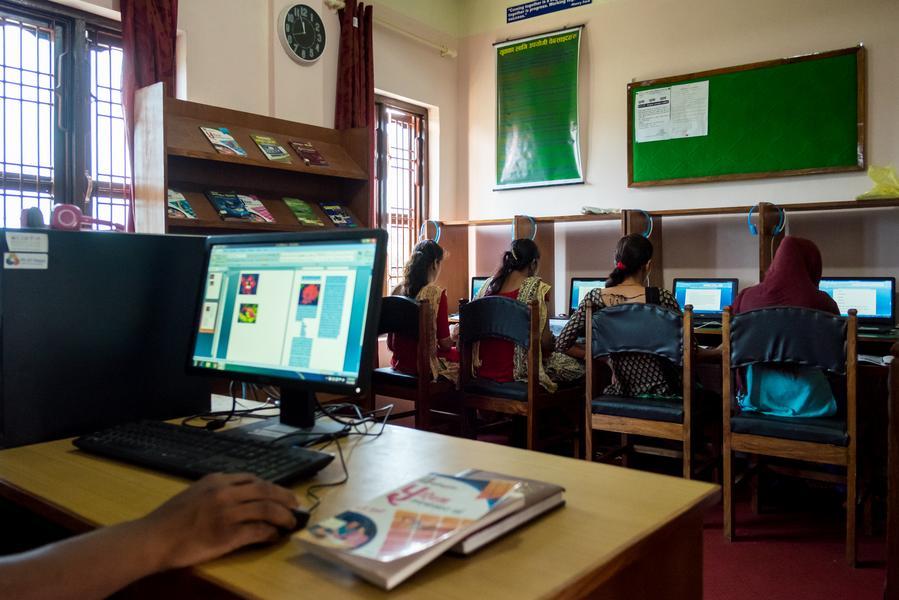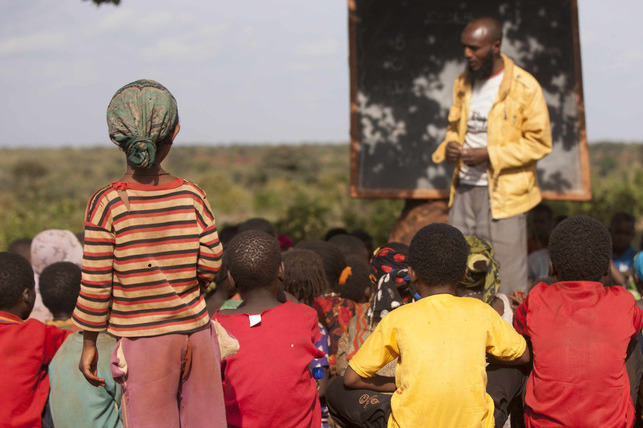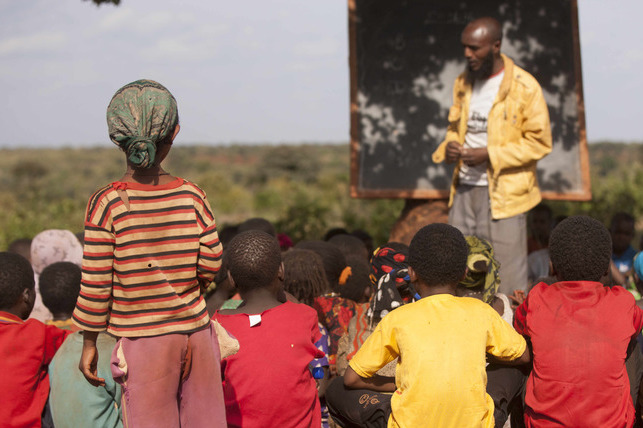Context and Issue
Free Primary Education in Sub-Saharan Africa
In the past decade, several countries in sub-Saharan Africa have typically abolished primary school tuition fees as part of renewed attempts to resurrect their education systems, which have declined and even suffered reduced enrollment after the initial growth following independence. Whereas in the eighties and early to mid-nineties, cost-sharing had been a policy promoted by international financial institutions such as the World Bank, the direct (and indirect) costs to parents of their children’s education became obstacles to their attendance and continued enrolment. The inability of parents to afford such costs fell on girls disproportionately, typically being the first to be pulled out or allowed to drop out of school.
Solution
The core of this intervention was the abolition of primary school tuition fees. This policy was typically implemented by new governments, often as part of renewed efforts to revitalize education systems that had experienced declining enrolments. In some cases, it was also linked to broader poverty reduction strategies, recognizing education's role in poverty alleviation.
While the abolition of tuition fees was the central action, the scope of what was made "free" varied. Some countries, like Malawi, aimed to cover tuition, books, and stationery. Tanzania abolished tuition fees and mandatory cash contributions, while Kenya abolished tuition fees and school levies, although clarification was needed on whether other costs like exam fees were also abolished. In contrast, Uganda abolished tuition fees but considerable costs for parents remained, such as clothing, exercise books, school fund contributions, and potentially school feeding and stationery which the government recognized it could not fully underwrite. Uniforms were often made non-compulsory as part of the intervention in Malawi, Tanzania, and Zambia.
Impact
For instance, some evidence of Free education programs could be explored through the program's impact in Malawi, where in the first year of FPE, enrolments increased by over 50% from 1.9m in 1993/4 to about 3.2m in 1994/5. Net enrolments before FPE had been 58% for girls, increasing to 73% by 1996, and 58% for boys, but only increasing to 68% by 1996. Gross enrolments increased from 67.9% in 1990/1 to 158.1% in 1999/2000. Male and female gross enrollment rates were comparable in 1999/2000: at 157.9 and 158.3%, respectively. These are some historical trends. Click here for more experiences of the free primary education.













